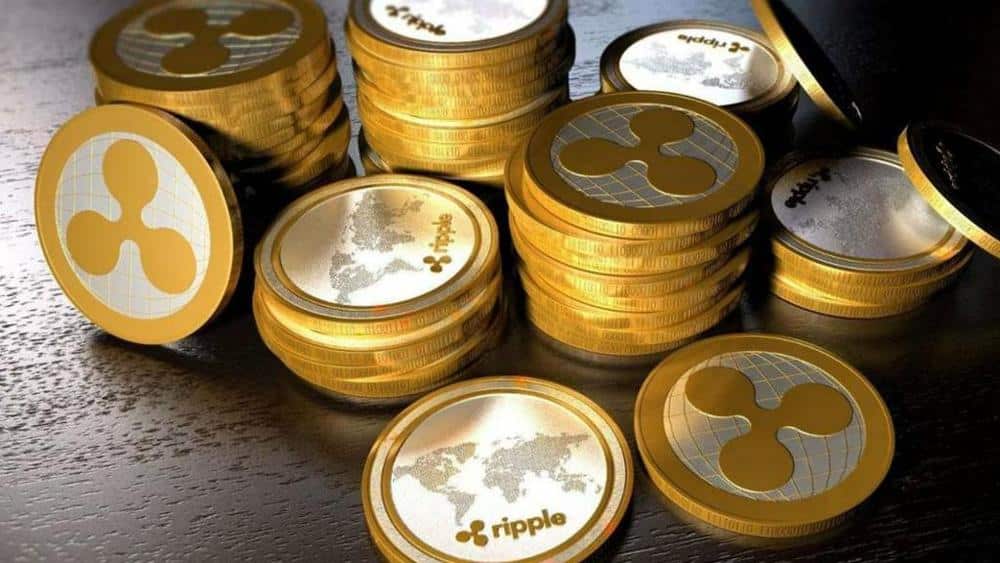on the crypto
While Ripple is reported for the remarkable growth registered over the last month, + 27%, the CEO of XRP Brad Garlinghouse it came out once again in the open, releasing a series of statements that aroused considerable interest. See Ripple listing.
Interviewed by Kara Swisher for the “Recorde Decode” podcast, Garlinghouse has not lost an opportunity to reaffirm its confidence in one next acceptance of cryptocurrencies by the banking system. An event that would also benefit Ripple's own, a project born with the intention of acting as a privileged tool for transactions that see the banks as protagonists and not replace them.
Garlinghouse's statements
The first statement to highlight is precisely that relating to the fact that the virtual uniforms created with the intent of preserving users' privacy as much as possible, trying to make payment traceability difficult, they are destined to soon give way to projects that do not intend to evade controls, but only to make transactions more smooth. Considering how decentralization has long been one of the strengths of cryptocurrency, the statements of the CEO of Ripple seem destined to raise many criticisms from purists, or those who have always proposed to neutralize a financial system seen as a an enemy to be killed.
As a result of this setting, the banking system as we know it is therefore not destined to be supplanted, but integrated and helped in its functions by digital assets. A statement that moreover seemed to many to be in line with the XRP project, which has proposed since the beginning to bypass the problems revealed by Bitcoin and present itself as an ideal tool to speed up and make online currency transfers safer.
Another statement that has aroused considerable interest, precisely because of its implications, is then that relating to the fact that to ostracize virtual currencies, and therefore also XRP, up until now have been the large banks that are intermediaries, which would be the most affected where new systems able to move money were affirmed. While the 99% of the banking world, or smaller companies, would follow with great interest the revolution triggered by Ripple, aimed at democratizing a world that has so far lived on the concentration of resources. The institutes of limited dimensions, which until now have always had to depend on the services granted by the giants of the sector, would be in particular the most direct beneficiaries of the drastic reduction of costs and improvement of services which could result from the use of blockchain technology. Garlinghouse himself has brought the case of Citibank, which last year was able to count on 8 billion dollars in profits collected by providing these services to smaller institutions.
Which banks use Ripple?
Garlinghouse's statements must also be interpreted as one self-promotion, if we consider that since the beginning of the Ripple project it has indicated its natural interlocutor in the banking and financial sector. However, it should be emphasized that there are now many institutions that have signed partnerships with XRP, 54 based on the latest data available, however, only a small minority actually used cryptocurrency. In particular, SendFriend, JNFX, Transpaygo and FTCS would have opted for this solution between financial institutions and the only one Euro Exim Bank among banking institutions. While other names like Banca Santander e Mitsubishi UFJ Financial Group (MUFG) for now they have limited themselves to using the services offered by Ripple. the hope of Garlinghouse is of course that the situation may change positively from the current year.
How to buy Ripple
Ripple or better XRP you can buy it by following this article.
The mode is always by bank transfer, exchanging it with other coins or with a credit card.
In the 2018 it came to 3 dollars.


